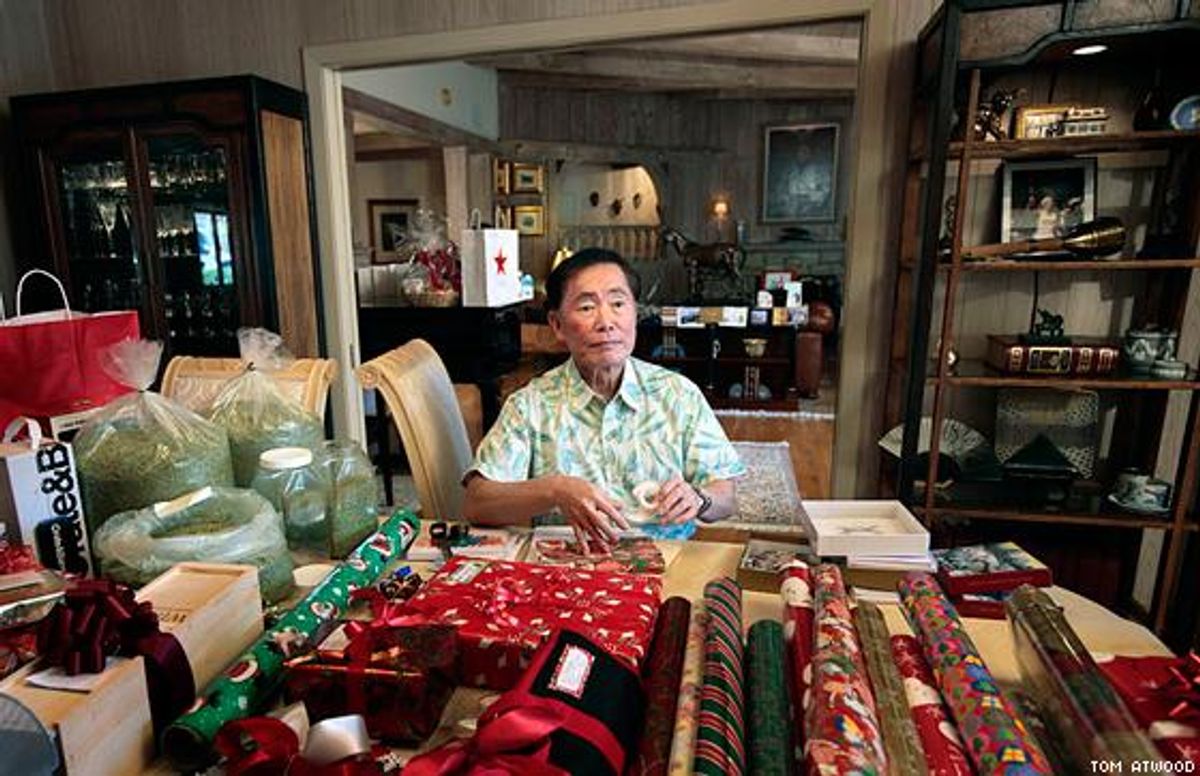Art
Artist Spotlight: Tom Atwood
Artist Spotlight: Tom Atwood

By continuing to use our site, you agree to our Private Policy and Terms of Use.
Artist Spotlight: Tom Atwood

Tom Atwood's recent work has focused on portraits of creative personalities, mostly at home. His work exhibits at galleries and museums nationwide. He is also a visiting photography lecturer at the University of California, Los Angeles. Before moving to Hollywood, Atwood based his studio at different times in San Francisco, New York, Paris, and Amsterdam. In a past life he also held director and executive positions at two national advertising agencies. Atwood grew up on a dirt road in the woods of Vermont.He has a bachelor's degree from Harvard University and a master's from Cambridge University in England.
The Advocate: Why are you a photographer?
Tom Atwood: My gravitation toward photography developed out of a confluence of other interests: painting (I've always been a visual person), architecture and urban planning (the settings for most of my photographs), musical theater and psychology (an interest in other people, their personalities, their lives, and how they feel and behave), and a love of all activities social (photography entails interacting with others). Because many of my general interests in life intersect with photography, it ended up being the perfect medium for me.
What catches your eye?
It's the commonplace, everyday world that fascinates me most -- how an interior is laid out, what's in someone's garbage, how someone uses the products in their bathroom. I've always had an eye for the most arcane of details. These almost obsessive observations remain etched in my mind, and sometimes I think they are trivial, but on some level they do matter because they ultimately inform my photography at one point or another.
How do you choose your subjects?
Art and photo directors match me with subjects for my commercial and editorial work. For my fine art work, finding individuals has become a psychological addiction of mine. Most subjects come through referrals from friends or friends of friends. Yet some of the most interesting subjects have emerged from some of the most unlikely sources: an elderly woman next to me on a plane, a don from Cambridge University, an Afrikaner management consultant, an L.A. high school student, a magazine editor from a dinner party in Paris, and a government bureaucrat in Amsterdam who had never set foot in America.